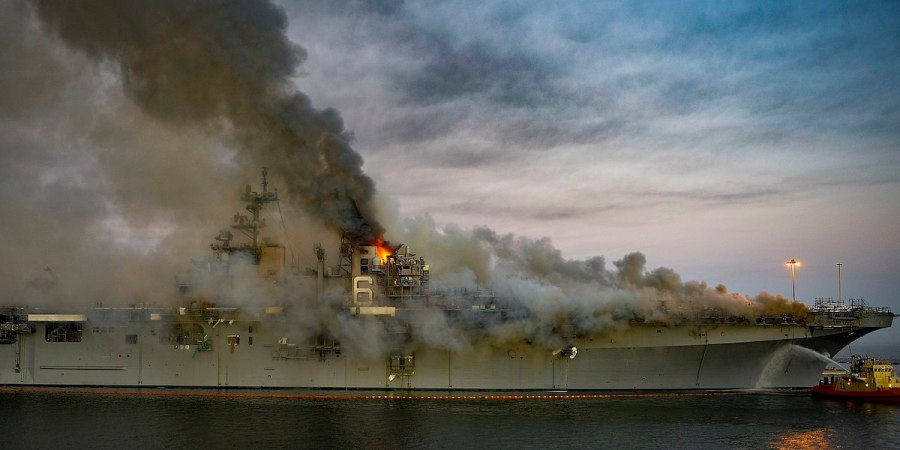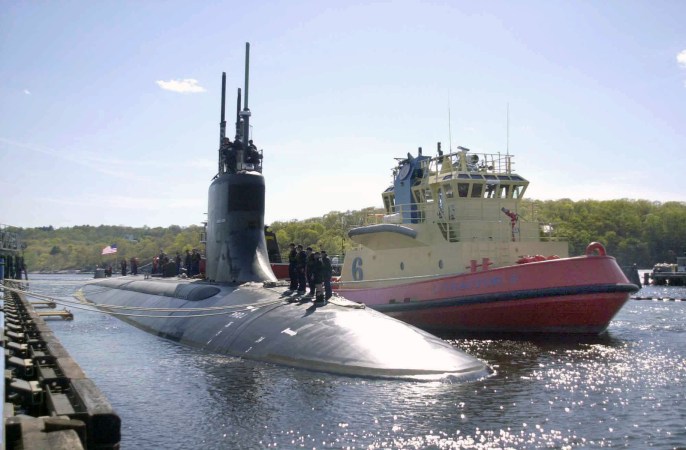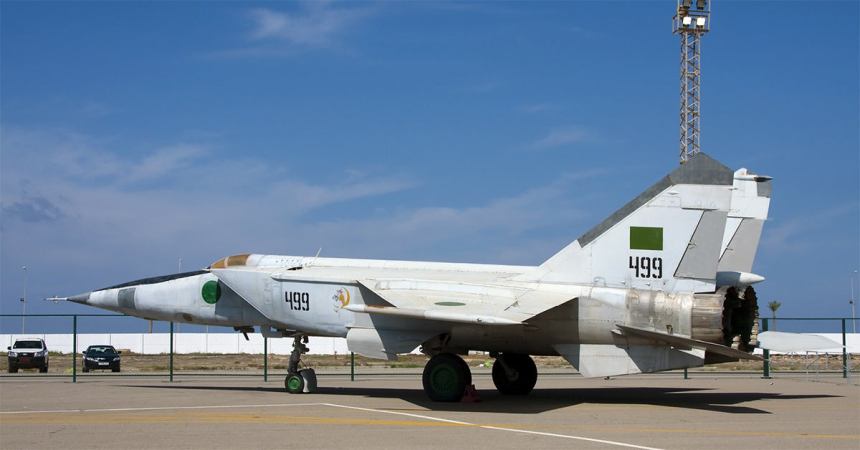For a long time, the AGM-84/RGM-84 Harpoon missile has been the primary anti-ship weapon of the United States military. Over the years, with improvements, it’s successfully held the line. But, as is perpetually the case, time and technological advances have forced the U.S. Military to look for a missile with even more reach and punch.
Fortunately, the answer is, in some ways, already in service. A version of the AGM-158 Joint Air-to-Surface Standoff Missile (or JASSM) is going to replace the venerable Harpoon as the military’s primary anti-ship weapon. This new iteration is called the Long-Range Anti-Ship Missile (or LRASM).

The AGM-84 Harpoon served well as the main anti-ship missile of the United States Military.
(USAF)
The AGM-158 was primarily designed to hit land targets. The first version, fielded by the Air Force in 2004, had a range of 200 nautical miles and carried a 1,000-pound warhead. The Navy, however, held out and stuck with a Harpoon variant called the AGM-84 Standoff Land-Attack Missile (or SLAM). The latest versions of SLAM have a 150-nautical-mile range and a carry an 800-pound warhead.
The LRASM is based off of the second version the AGM-158, called the JASSM-ER, or Joint Air-to-Surface Standoff Missile – Extended Range. This missile has a 600-mile reach and carries the same 1,000-pound warhead. Just as with previous iterations, however, the JASSM-ER was intended for land targets. So, how did the newest missile, designed for targets at sea, come to be?
There’s just one reason for its development — well, three reasons, technically: the Chinese Navy currently has 3 aircraft carriers in their fleet (with plans to build more). Yes, submarines can do the job against carriers – just ask USS Wasp (CV 7) what a sub can do to a carrier — but more often than not, carriers fight carriers. The Harpoon missile, as good as it is, just doesn’t have the oomph to do in an 85,000-ton carrier.
The good news for the United States is that a F/A-18E/F Super Hornet can haul four LRASMs. A B-1B Lancer can haul up to 24 internally. The F-16 Fighting Falcon and F-15E Strike Eagle can also carry this missile. But, more likely, the LRASM will be launched from surface ships like the Zumwalt-class destroyers.
In other words, this missile could very well be a worthy successor — or partner — to the Harpoon for years to come.


























